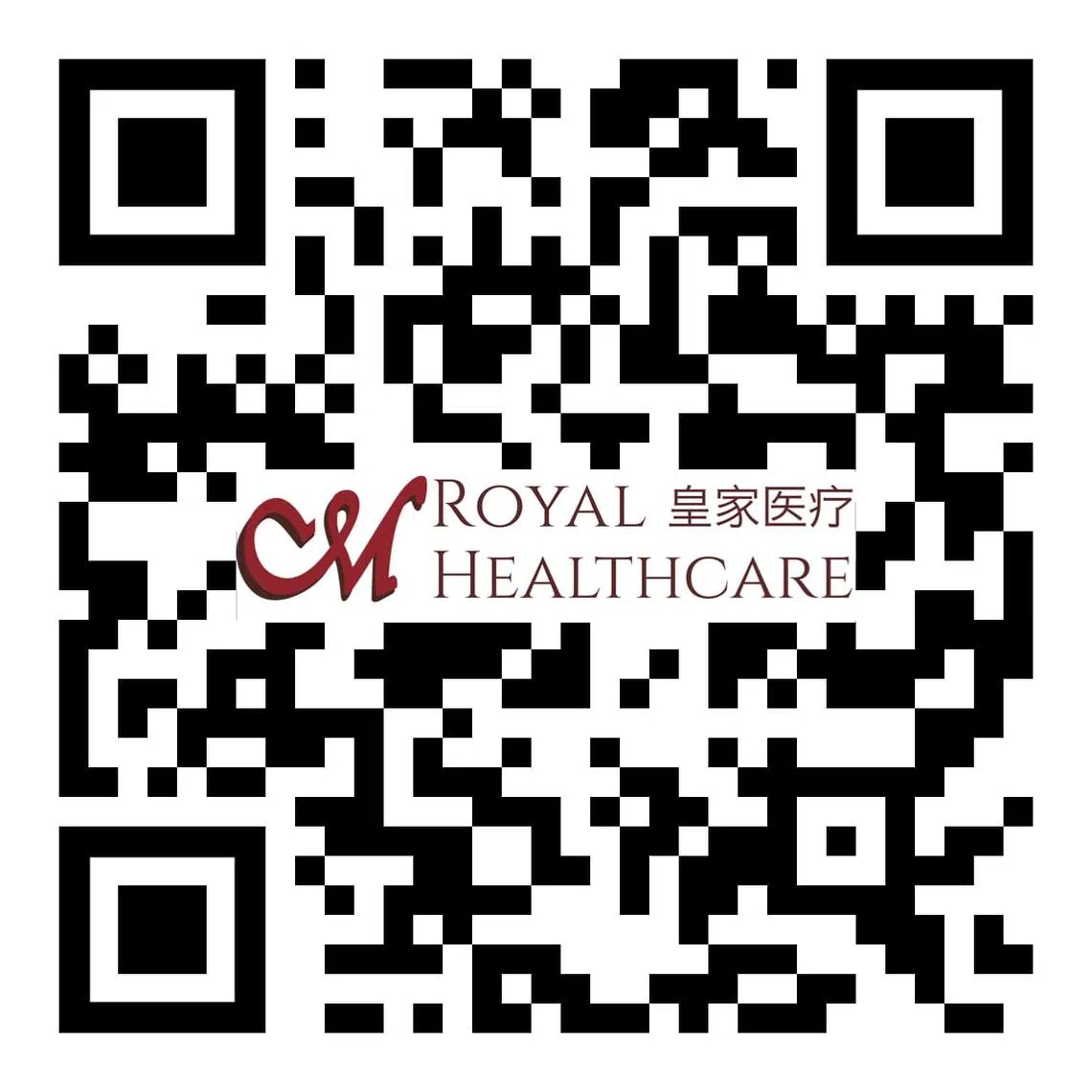Cardiac MRI – an emerging diagnostic tool with multiple applications
The technology is an emerging tool that’s used to diagnose and clarify various disease processes
ONE of the advantages of cardiac magnetic resonance imaging (MRI) is that it allows for visualisation of the heart in its 3 dimensional planes, and enables excellent characterisation of its tissue properties, which is vital in diagnosing various disease processes. It can also safely and effectively capture a moving image of the heart. Furthermore, as MRI does not use any ionising radiation, unlike other modalities, it can be used safely without any fear of cancer risks especially in pregnant women.
Stress cardiac MRI is also one of the most accurate ways to diagnose coronary heart disease by assessing cardiac perfusion during stress.
The scan can be used to clarify areas of the heart where blood perfusion is affected to diagnose coronary heart disease. This may occur if there is a blockage in the heart arteries which may impair blood flow to the heart. If an area of heart muscle is not receiving sufficient blood supply for its functions, the area would be deemed to be ischaemic. We can then use the images obtained from a stress cardiac MRI to quantify the extent of ischaemia to guide therapy. If there is a high degree of ischaemia, opening up the arteries using procedures such as stenting may help the patient.
If an invasive procedure to open up the heart arteries is contemplated, a stress cardiac MRI can also be used to determine if doing so may actually help improve heart function in that area. This is defined by a term called “viability”. If a region of heart muscle is deemed viable, restoring perfusion to the area may improve myocardial function.
However, if a region of heart muscle is deemed not to be viable, restoring perfusion to the area may not improve myocardial function there. This may happen if an area of heart muscle has already been scarred irreversibly from lack of blood perfusion. If this is the case, subjecting the patient to an invasive procedure would be less useful. The treatment in this case would then be to provide adequate cardiac medications to the patient to help to maintain cardiac function. On the other hand, if an area of under-perfused heart muscle is deemed viable, opening up the heart artery supplying the area may help improve the function of the heart muscle.
Unlike a cardiac ultrasound where scanning planes are limited by the ribs since the ultrasound waves cannot penetrate ribs, a cardiac MRI allows for all planes to be assessed without any limitation. This is because MRI uses magnetic fields to generate an image and this can penetrate the ribs.
Hence, cardiac MRI can also be used to assess both right and left cardiac pump function. In fact, it is regarded as the gold standard for cardiac pump assessment compared to other modalities such as echocardiogram. Furthermore, cardiac MRI can also be used to clarify heart muscle characteristics in heart muscle diseases to determine prognosis and guide management.
Cardiac MRI can also be used to assess the function of heart valves and the integrity of the heart muscle components. The scan can clarify leaky heart valves or an impaired valve opening and estimate gradients across heart valves.
Cardiac MRI is a very useful tool to evaluate in-born congenital heart disease, especially the more complex ones, as we are able to manipulate the images and look at cardiac structures with few limitations. Furthermore, a dynamic moving video of the heart can be obtained, allowing functional assessment of complex disease processes. In this way, blood flow within the heart chambers can be assessed, allowing information such as cardiac output or stroke volume to be obtained. The relative blood flow going to the lungs and the rest and the body can also be compared, allowing the severity of atria septal defects and ventricular septal defects (commonly referred to as “hole in the heart”) to be assessed accurately.
SEE ALSO
Preparations needed prior to a cardiac MRI scan
A blood test to check for kidney function is usually acquired prior to a cardiac MRI scan. This is because the contrast agent used can irritate the kidneys and cause life-threatening complications if the kidney function is suboptimal.
Prior to a stress cardiac MRI, caffeinated products such as coffee, tea and chocolate should be withheld 24-48 hours prior, since the caffeine may interfere with the stress agent.
A cardiac MRI would involve putting the patient in an enclosed space filled with loud noise that can sound like wall hacking during a major home renovation. Hence, ear plugs are usually given to improve patient comfort during a scan.
As the MRI uses magnetic fields to generate an image, all metal has to be removed prior to the scan to prevent the metal from being sucked into the cardiac MRI scanner. The cardiac MRI scanner is never turned off, even between patients; it is always turned on. Hence, one has to always be careful of any metal in the vicinity of the cardiac MRI scanner even between patients.
Although the presence of traditional intra-cardiac devices such as pacemakers may render a patient unsuitable for a cardiac MRI since the magnetic fields may interfere with the device, patients with more modern intra-cardiac devices may be suitable for a cardiac MRI so long as protocols and checks are followed.
Overall, cardiac MRI is a versatile, excellent and dynamic investigative tool.
This article is produced monthly in collaboration with Royal Healthcare Specialists Centre.

Decoding Asia newsletter: your guide to navigating Asia in a new global order. Sign up here to get Decoding Asia newsletter. Delivered to your inbox. Free.
Copyright SPH Media. All rights reserved.


